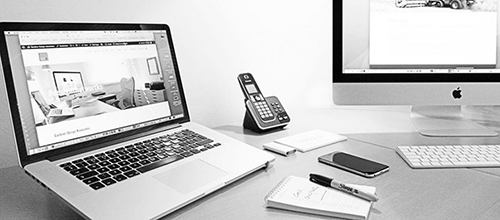3

Working from home has always been divisive with some style of management seemingly not trusting of their colleagues.
Covid-19 pandemic forced the issue on all of us, and for the most part, people have adapted well. Cloud-based tools, video conferencing and mobile devices have been with us for some time, but mostly ineffectively used until now.
Working from home or remotely calls for self-discipline, accountability and dealing with isolation, all new to many people, yet we are seeing a lot of smart creative thinking resulting in inspiring and productive collaboration and engagement between the workforce and their line managers, team, suppliers or customers. It’s refreshing.
As a team, we use Google Drive, WeTransfer, Dropbox and Adobe Creative Cloud for production, storage and sharing work with others.
Our advice when it comes to first adapting to home working is to create a dedicated space from which to work, be it a corner of a living room, the dining table or converting a spare bedroom. Be as creative as you need. A supportive chair, a table task light and power sockets near to hand will make things better as will some natural light. It may only be temporary, but make it space where you can feel settled and focused.
Next, even though you are working from home you are still required to work your core hours so wake as you normally would, get dressed and start at your normal time. Set a time for lunch, and importantly, treat your day the same as any normal working day. Best not turn on daytime TV unless you need too and don’t forget to take regular breaks as you would do if you were in the office. Maintaining structure within your day will also benefit your mental wellbeing.
Finally, communication is key. Pick up the phone and talk to your colleagues and schedule in time to thrash out ideas. And if you find remote working a challenge speak to your line manager to see if there are any options to make it easier.